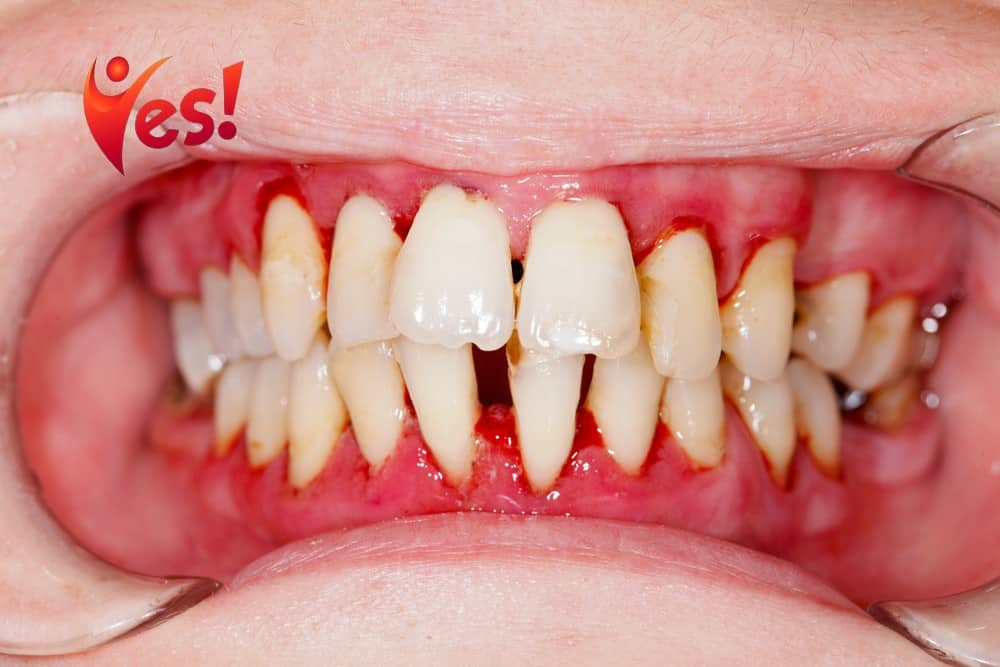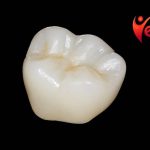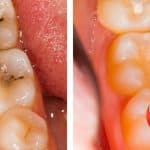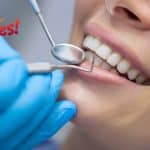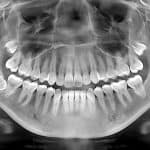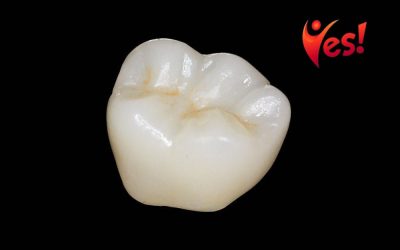Table of Contents
What do Periodontists do for you as a patient?
If you’ve been wondering what a periodontist does, you’ve come to the right place. Learn about the various treatment options available for gum disease and gingivitis. Learn how periodontal disease can lead to teeth extraction. And discover the benefits of seeing a periodontist. It’s time to stop worrying and get a checkup. Here’s a quick guide to periodontal disease.
Treatment of gum disease
The goal of treatment by periodontists is to restore bone and ligaments surrounding teeth. Different procedures use different materials to achieve the same goal. These materials include bone grafts, membranes, and enamel matrix derivatives. Ultimately, patients benefit from improved tissue health and a simpler treatment plan. When gum disease results in loose teeth, dentists can recommend a replacement tooth. During a consultation with a periodontist, a dentist will discuss your options.
The first step in treatment is non-surgical debridement or scaling. The deeper the pockets, the more difficult it is to clean and maintain. Non-surgical debridement is often the first step in gum disease treatment, but if the disease has advanced to the point that surgery is the best option, periodontists may recommend other techniques. For the most advanced techniques, your dentist may suggest a surgical procedure called gum grafting.
The procedure itself may be painful, but it is not harmful and is typically done under anaesthetic. Patients may benefit from stress relief after undergoing this procedure. In addition to the procedure itself, gum disease treatment by a periodontist improves overall health. The process is both non-surgical and surgical. The procedures are usually performed in a periodontist’s office. Listed below are the main types of treatment that periodontists offer.
Non-surgical treatments include scaling and root planing. This procedure involves removing plaque and tartar from deep pockets. If left untreated, the gums may recede from the teeth and trigger other dental problems. They may also cause pockets between the teeth and gum tissue, which harbour bacteria and toxins. Advanced periodontal disease may lead to tooth loss and other systemic health issues. If left untreated, it may even affect your immune system.
Treatment of gingivitis
Fortunately, gingivitis is highly treatable. Proper oral hygiene can help revert the symptoms of gingivitis. A dentist will ask you to evaluate your oral hygiene routine and recommend improvements based on the results. He or she will also recommend regular checkups and cleanings. If your condition worsens, your dentist may recommend a deep cleaning to remove plaque and tartar buildup.
There are several signs that indicate gingivitis, and periodontal disease is the most serious. If you have bleeding gums while flossing, you may have periodontitis. Your dentist will use a periodontal probe to check the pockets and determine if any other treatment is necessary. Normal pocket depth is one to two millimetres. Symptoms of gingivitis may be worse than these and may require extensive corrective work.
Guided tissue regeneration uses a barrier membrane to direct the growth of new bone and gum tissue. The goal of this treatment is to rebuild damaged bone and gum tissue, which is damaged by periodontitis. This procedure is also called bone grafting and is typically performed after periodontitis has progressed. This method can also prevent the loss of a tooth by preventing bone from growing into the tooth.
There are many types of treatments for gingivitis, including a combination of laser treatment and a deep cleaning. Nonsurgical methods include scaling and root planing, which removes tartar and plaque from the surfaces of the teeth and roots. Scaling and root planing may require more than one visit. Local anesthesia is used to minimize discomfort. Once the gums have healed, a professional can reattach them to the teeth.
Treatment of teeth extraction
While you may not be in a great deal of pain after having a tooth extracted, most patients are surprised to find out that their recovery time is quite short. You can minimize your discomfort by following pre and post-extraction instructions. Most patients report feeling only minimal discomfort the first day, which gradually wears off over the next few days. Once you feel comfortable, you can resume your normal dental care routine. Keeping your mouth clean will speed up the recovery process and help prevent infection.
The treatment of teeth extraction by periodontists is less common than it was in the past. Some teeth may need to be removed because they are severely affected by gum disease. Alternatively, the tooth may be impacted, or unable to erupt into your mouth. If your tooth has been badly damaged or is infected, extraction may be the best option. If your tooth is not salvageable due to advanced gum disease, the process of extraction will depend on the condition of your gums and bone.
The procedure for teeth extraction involves taking X-rays of your teeth and planning the exact procedure. During the extraction process, your dentist will apply a local anesthetic to alleviate pain. Your dentist will use forceps or elevators to extract your tooth. These tools will lift the tooth and loosen the ligaments that hold it in place. After your dentist lifts your tooth, he or she will use dental forceps to gently rock it out of the gums.
Besides the removal of the tooth, treatment of teeth extraction by periodontists may also be necessary for a variety of other reasons. These procedures can help in the preparation of orthodontic treatment, which aligns your teeth. In severe cases, teeth may need to be extracted for a variety of reasons, including infection of the gums or inability to respond to root canal therapy. Furthermore, patients with weakened immune systems may require tooth extraction to prevent other physical ailments.
Treatment of periodontal disease
Various methods of treatment are available to fight this infection, depending on the severity of the condition and the extent of the deterioration. One of the most popular treatments is known as scaling and root planing. In this procedure, plaque and tartar are removed from the roots of the teeth, removing harmful bacteria and irritants that have built up beneath the gumline. This procedure can also prevent plaque and tartar from building up again.
The first step in treating periodontal disease is to remove plaque from the teeth and gums. Plaque is formed when bacteria living in the mouth form colonies on the teeth and gums. These bacteria form a clear film that is the main cause of periodontal inflammation. The deposits of plaque then build up into tartar, which is a hard substance that adheres to the teeth. Both the patient and the dental professional can remove plaque and tartar.
The next step in treating periodontal disease is to diagnose the condition. The diagnosis will involve a comprehensive clinical examination and review of dental x-rays. Typically, this process can be completed during a patient’s first consultation, but a second consultation may be necessary to obtain more information. Once the periodontal problem has been diagnosed, various treatments will be recommended. The doctor may suggest a periodontal maintenance schedule or a surgical treatment option if the condition does not respond to non-surgical measures.
The treatment of periodontal disease is necessary for preventing and restoring teeth and gums. Without proper treatment, untreated periodontal disease can lead to bone loss and tooth loss. In some cases, patients can even be diagnosed with heart disease. However, periodontal disease is usually preventable by following a few simple steps. In the end, you’ll be on the road to a healthier smile. It’s important to get regular exams to ensure you don’t have periodontal disease and that you’re not at risk for any heart or cardiovascular conditions.
Treatment of bone loss
In some cases, a periodontist may be able to fix bone loss and restore a patient’s smile with a graft. A bone graft can be composed of your own bone or donor bone. It helps to prevent tooth loss by providing a stable platform for the regrowth of your natural bone. Other times, bone grafting can help restore the bone that has been destroyed by bacteria in the mouth. A bone graft may be used in a procedure called guided tissue regeneration (GTR). In this procedure, a periodontist will insert a special biocompatible fabric between the bone and tooth to promote the regrowth of new bone.
A bone graft can help save a severely damaged tooth. Advanced regeneration methods can also help save the top of a tooth’s root, preventing post-extraction bone loss. If a tooth is beyond repair, or has an infection, a periodontist may perform a root canal to save it. Otherwise, it may be necessary to remove the tooth. In severe cases, though, bone grafting may not be an option.
In some cases, bone loss can be prevented by proper hygiene and a dental implant. Proper oral hygiene practices can help prevent periodontal disease and regrow some bone. In other cases, a periodontist may perform bone grafting, a surgical procedure in which bone is transplanted from another part of the body. The procedure may take several months for the patient to see results, but over time, new bone growth will replace the graft material.
An x-ray may be necessary to determine whether bone loss has occurred in a patient. X-rays can reveal the precise tooth anatomy. The teeth are a combination of soft tissues and bone. Therefore, a dentist must carefully assess the state of the gums to diagnose and treat bone loss. If these factors are present, an implant may be necessary. However, patients without dental implants may have to undergo bone grafting.

